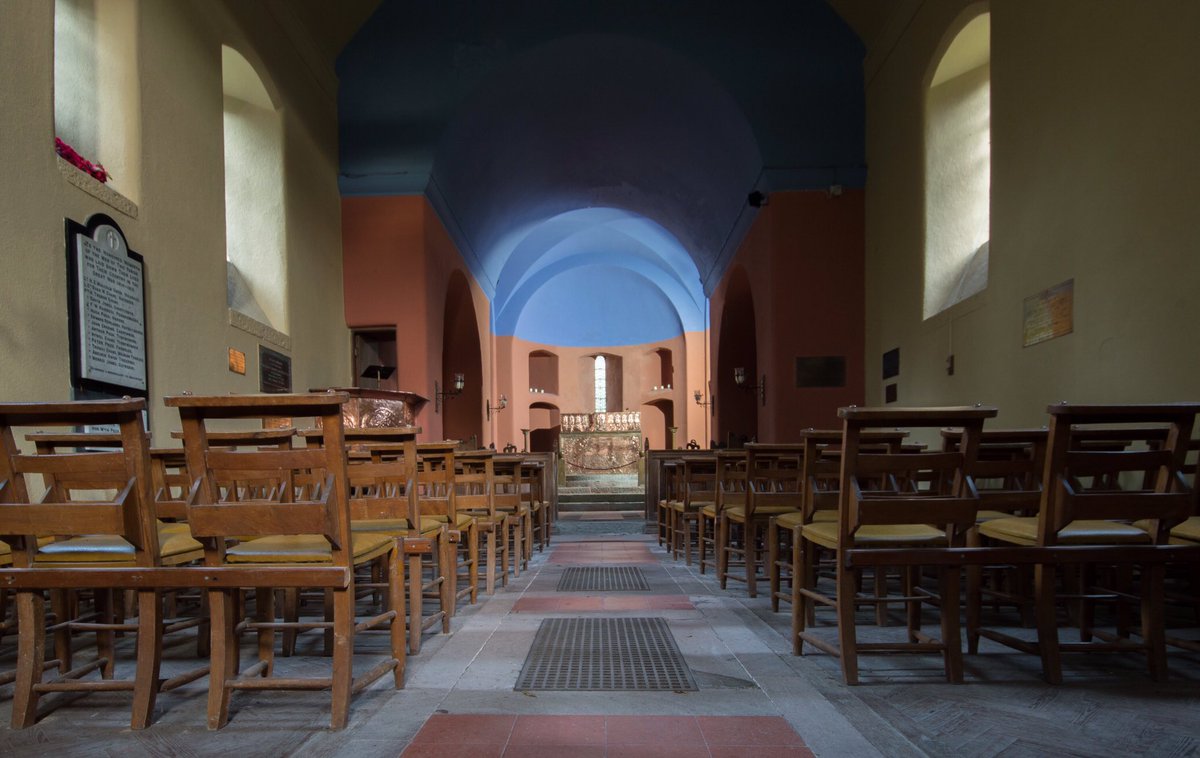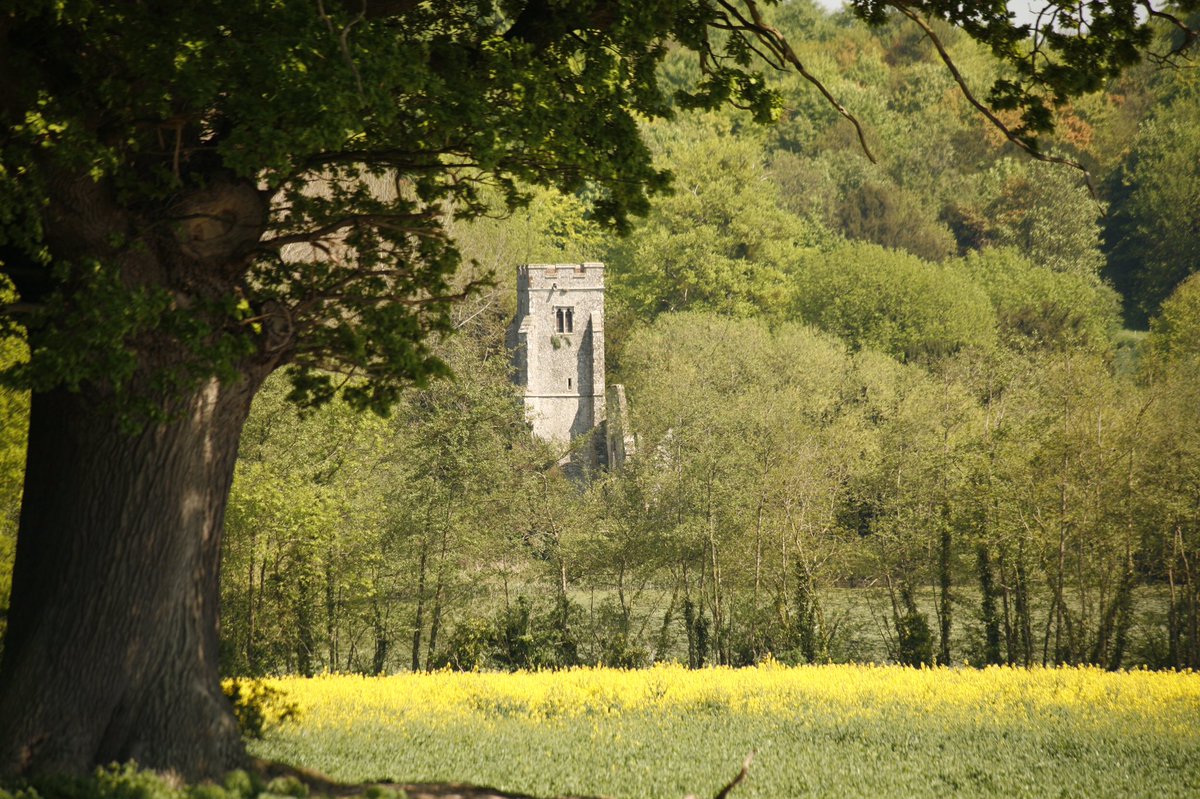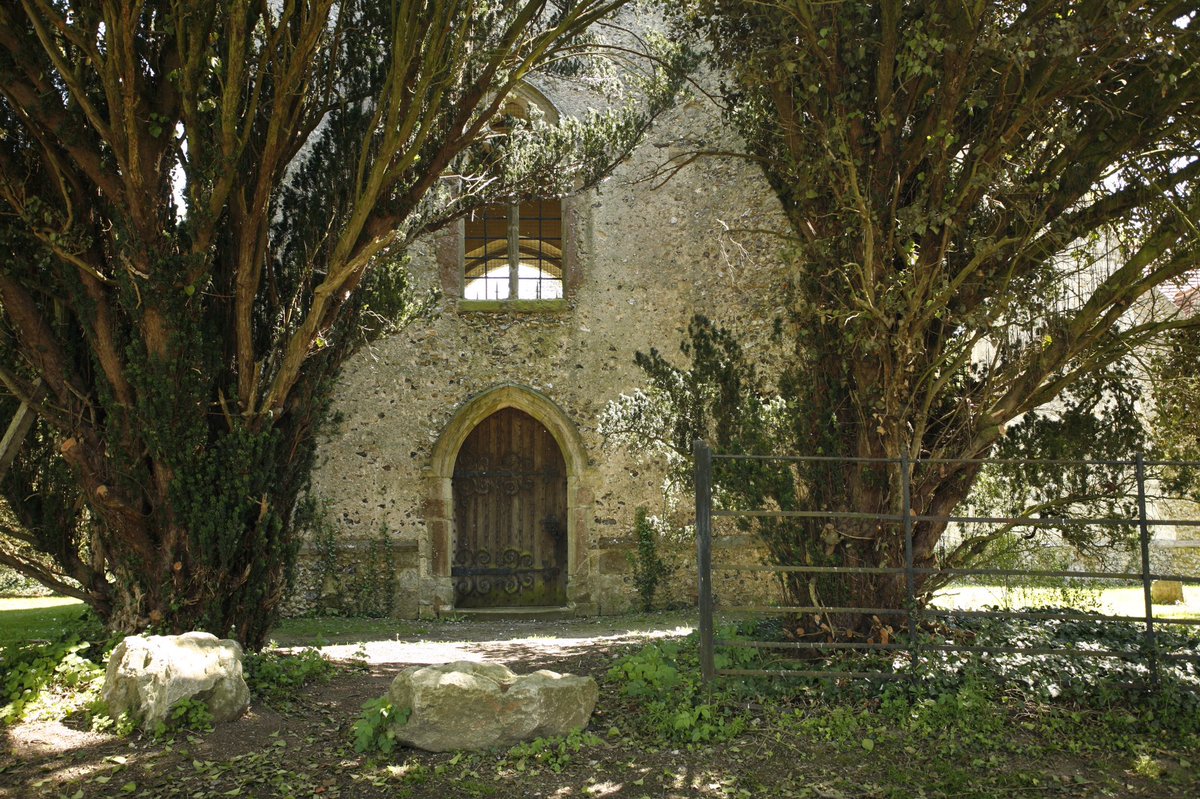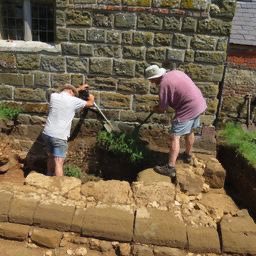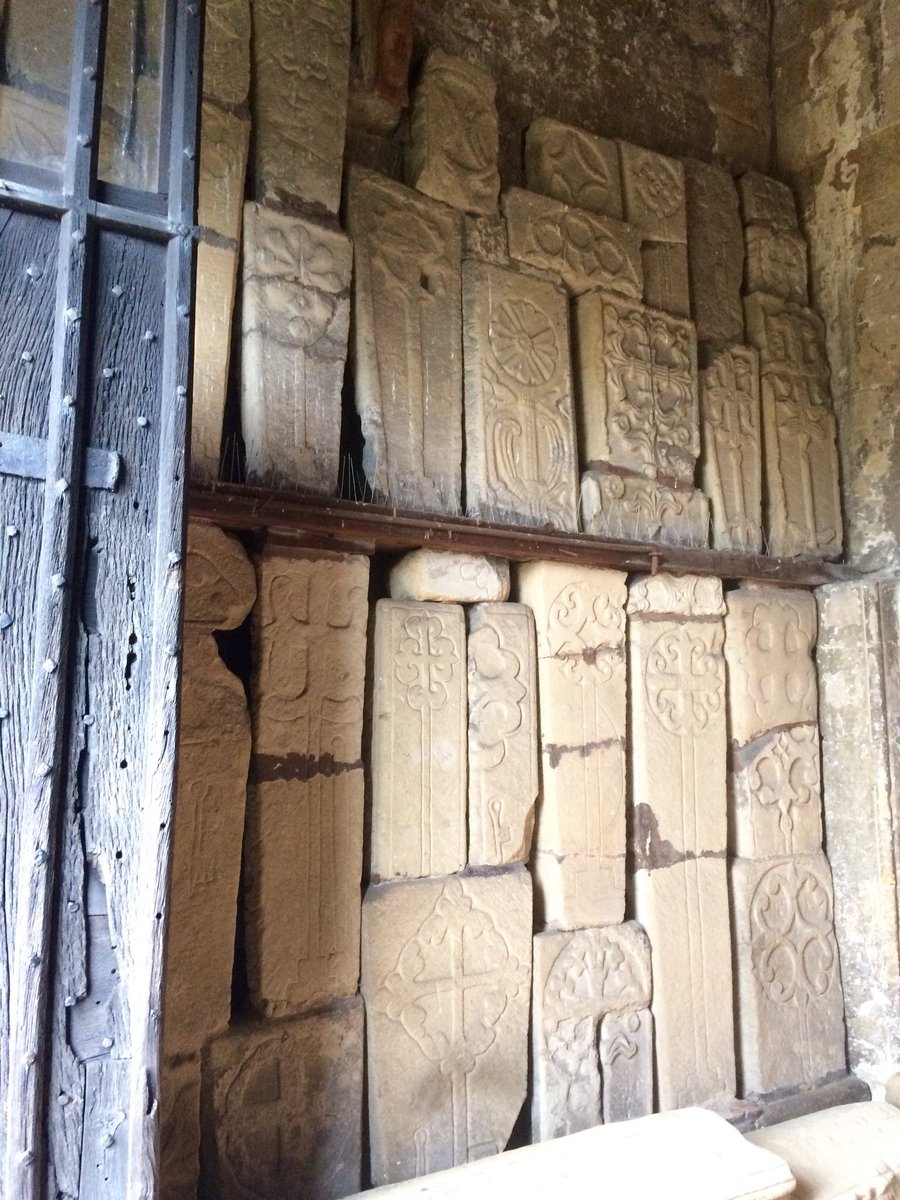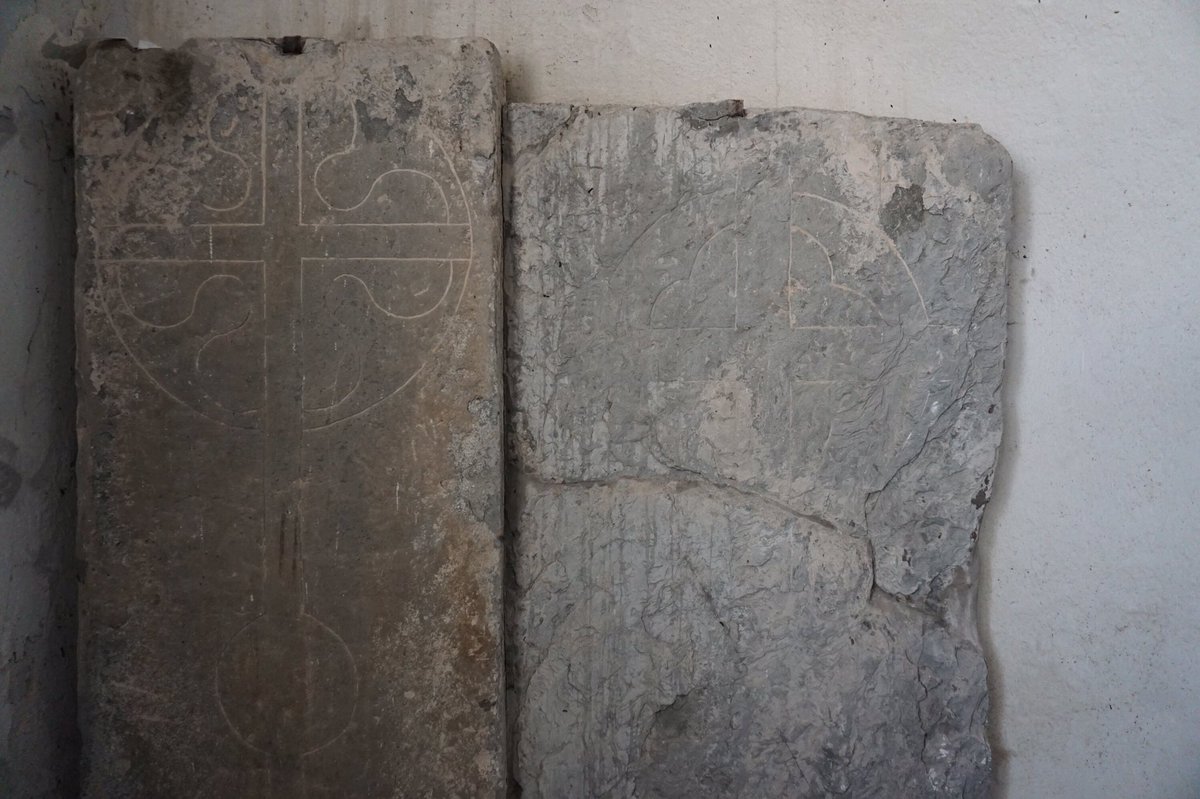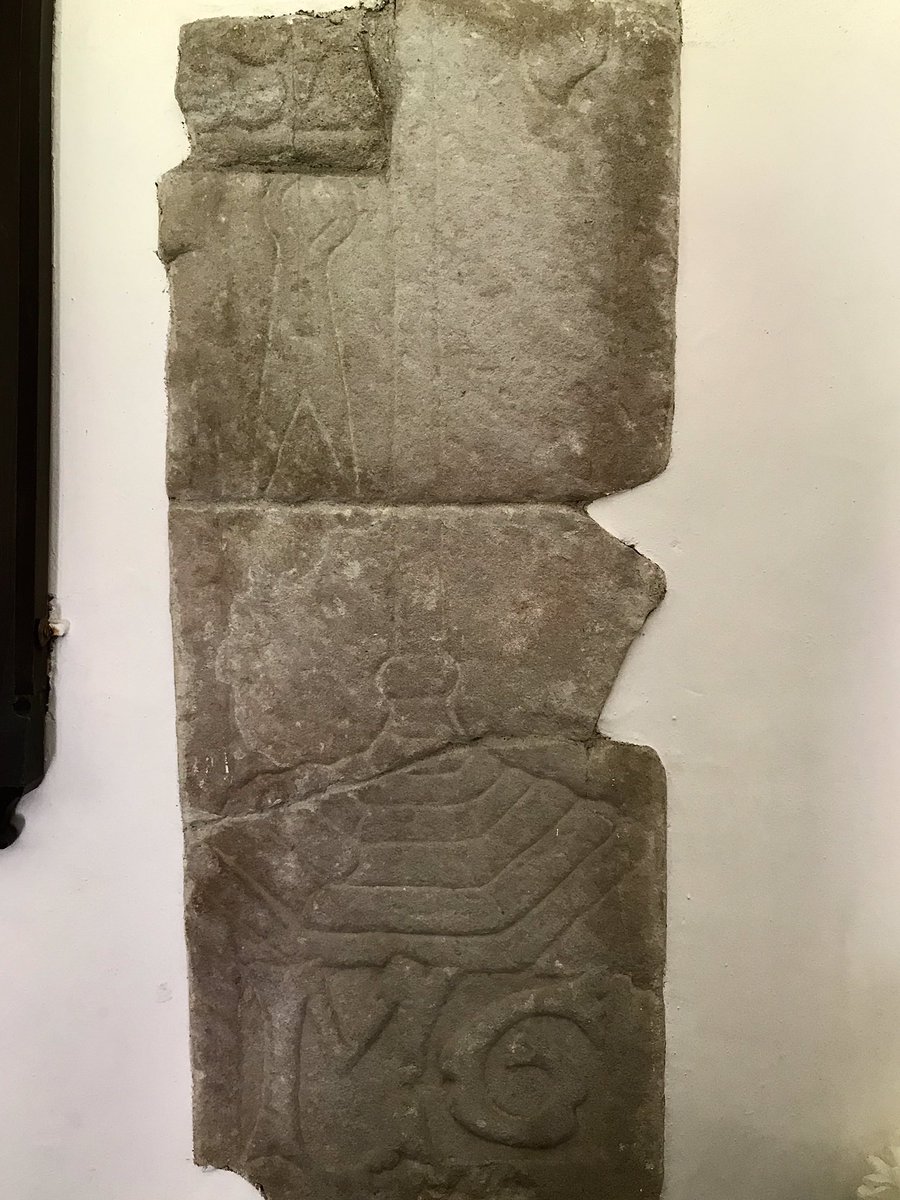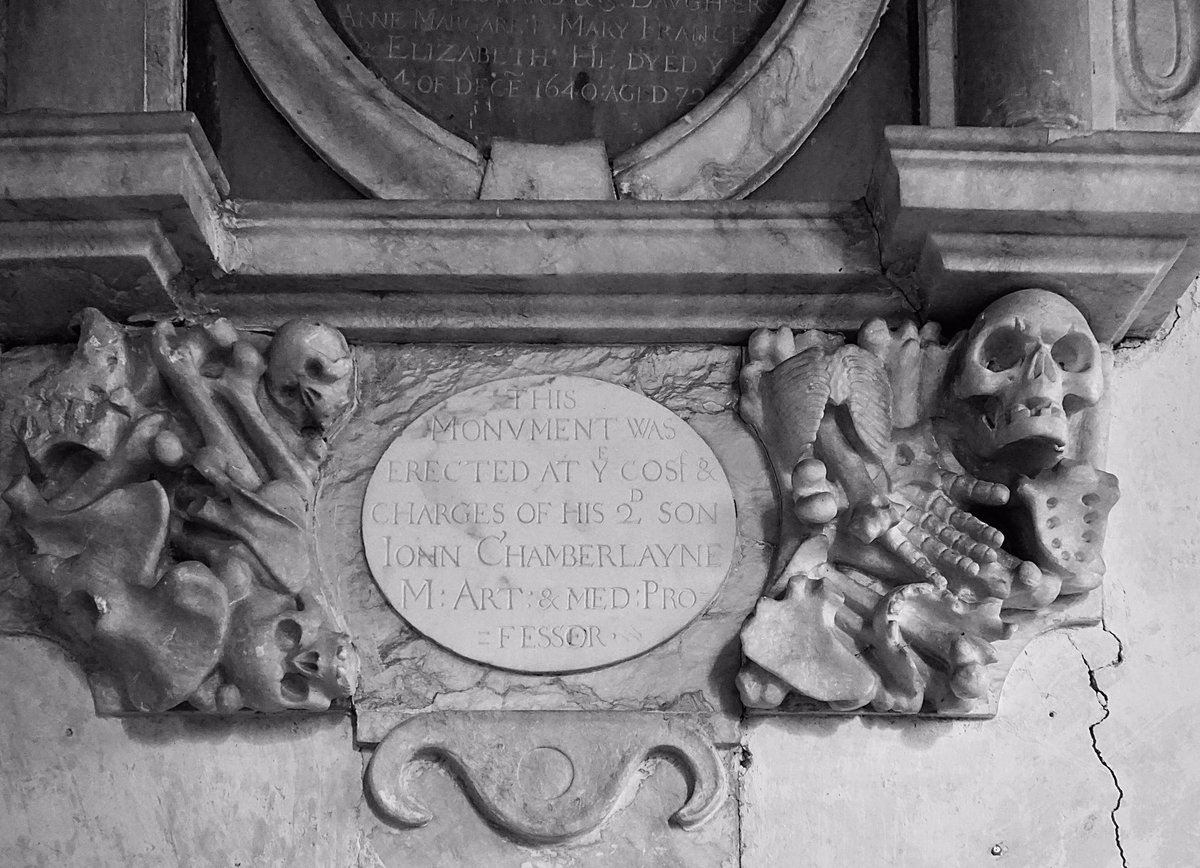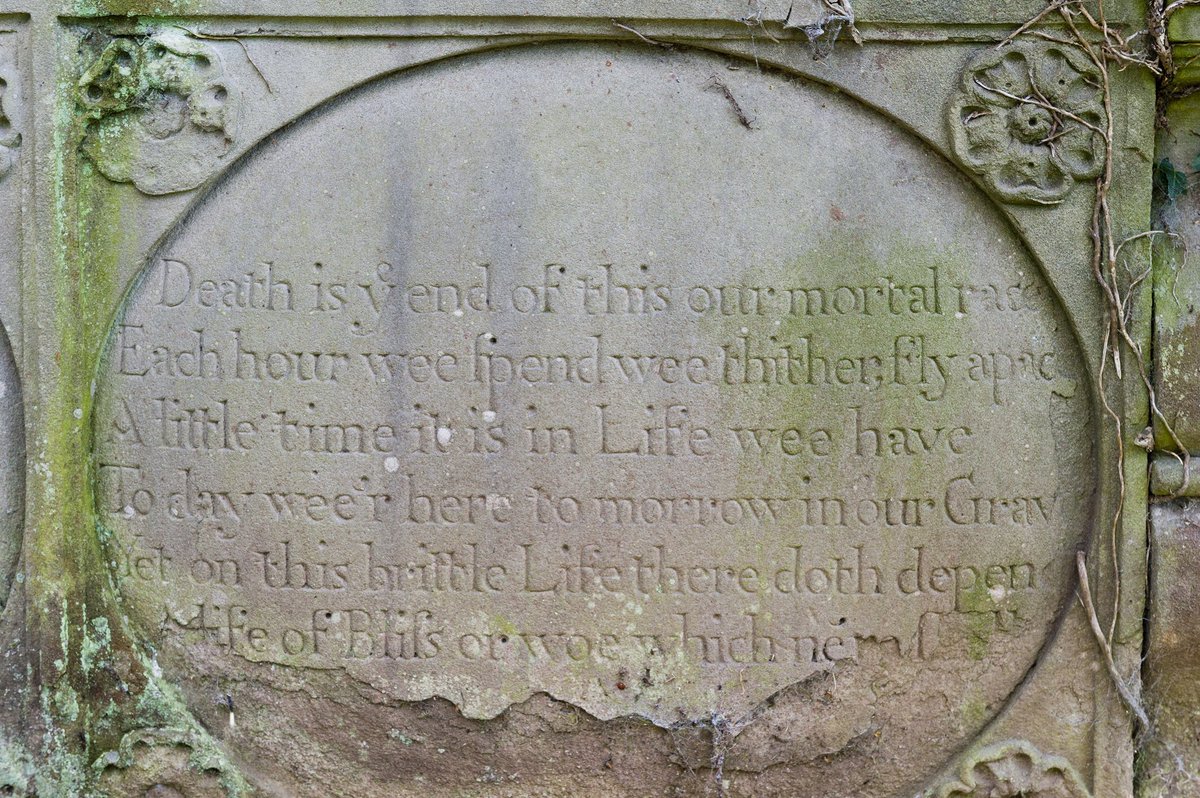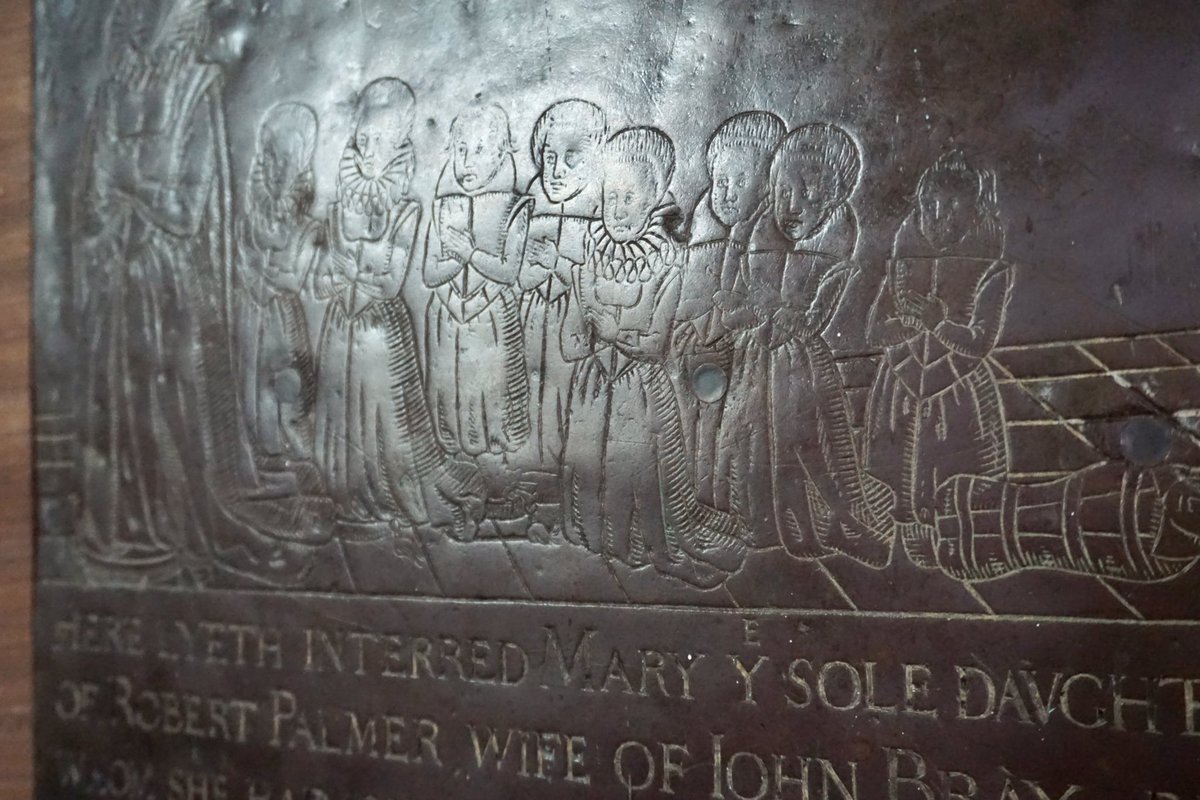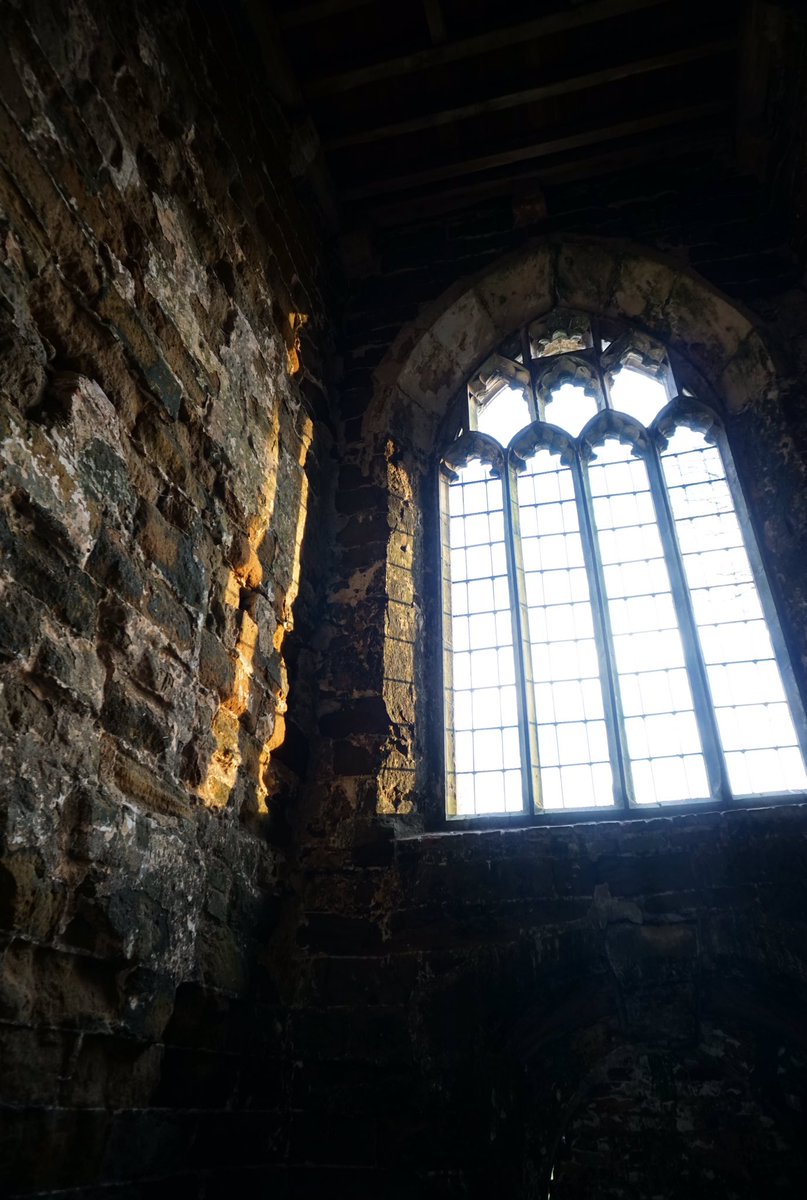
On the evening of 13 February 1923, wireless owners in Cymru (there were just 200 with *official* receiving licenses) could tune in to hear the BBC's first ever Welsh broadcast, transmitted from one room in an old Cardiff cinema.
/thread
/thread

At 9.30 pm, their homes would have been filled with the haunting sound of 'Dafydd y Garreg Wen' ('David of the White Rock'), performed live by baritone Mostyn Thomas. It was the first Welsh language song to play on the air.
👇Programme announced in Western Mail 10 Feb 1923

👇Programme announced in Western Mail 10 Feb 1923


In the 1970s, Mostyn Thomas recalled his nerves that night dealing with the rudimentary technology:
"I hardly had any time to practice, which made me extremely nervous, as in those days microphones weren't simple things to use.”
But they made it “by the skin of our teeth."
"I hardly had any time to practice, which made me extremely nervous, as in those days microphones weren't simple things to use.”
But they made it “by the skin of our teeth."
The music had been composed by young harpist David Owen - known as Dafydd y Garreg Wen (he lived at Y Garreg Wen farm in Porthmadog - pictured here).
The story goes that Dafydd wrote the air on his deathbed. He died in 1741, just 29 years old.
The story goes that Dafydd wrote the air on his deathbed. He died in 1741, just 29 years old.

The legend of Dafydd y Garreg Wen was cemented more than 100 years after his death, when poet John Ceiriog Hughes added poignant words to the harpist's final melody, expressing David’s dying request for his harp, and his blessings to the widow and children he was leaving behind. 

Dafydd y Garreg Wen was buried at St Cynhaearn’s, Ynyscynhaearn. His 19th century ledger stone in the churchyard bears a carved Welsh harp. 

Listen to some of Mostyn Thomas's performance of this beautiful traditional song #otd 98 years ago: bbc.co.uk/programmes/p00…
And read more about David Owen in our blog, The Bards of Ynyscynhaearn: friendsoffriendlesschurches.org.uk/latest/the-bar…
• • •
Missing some Tweet in this thread? You can try to
force a refresh

